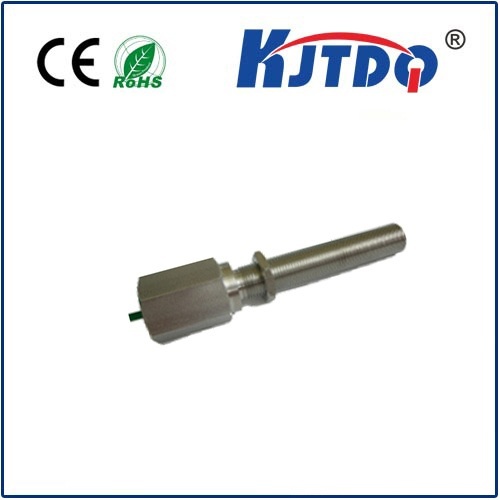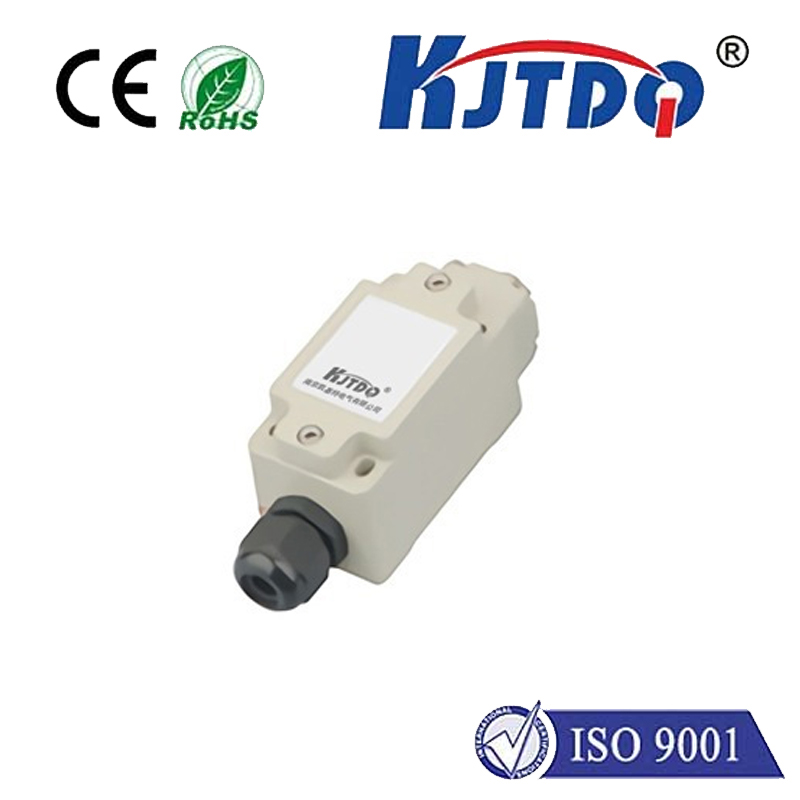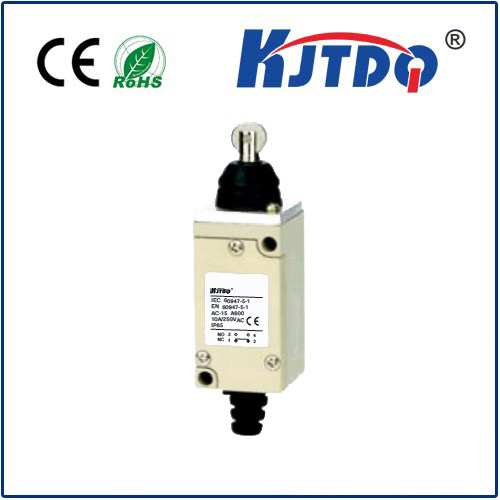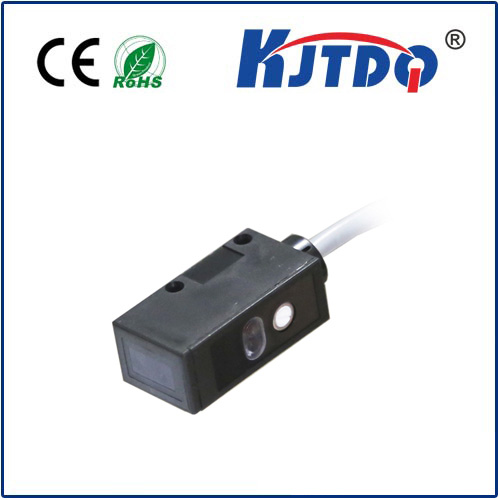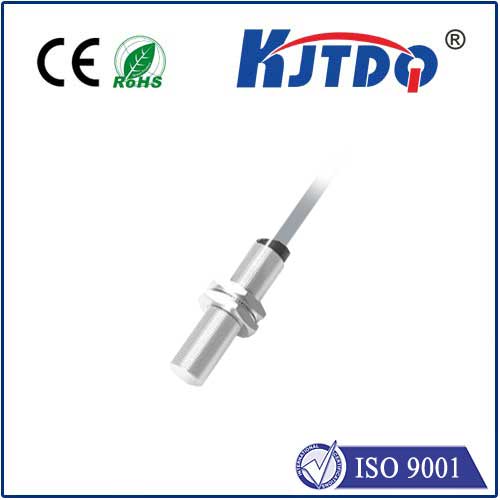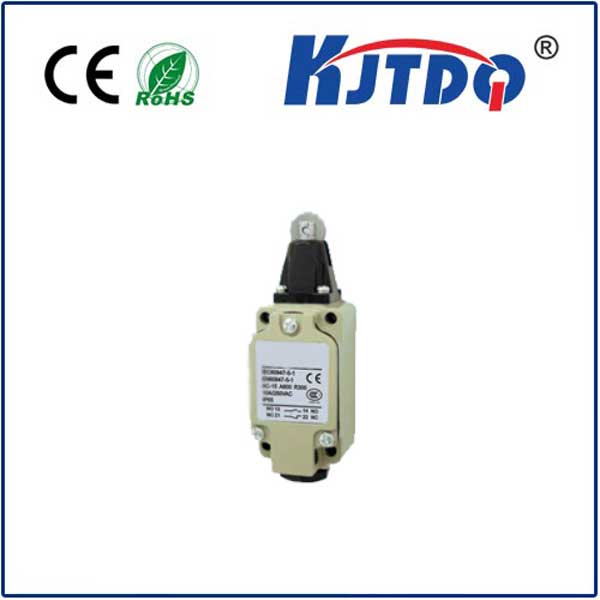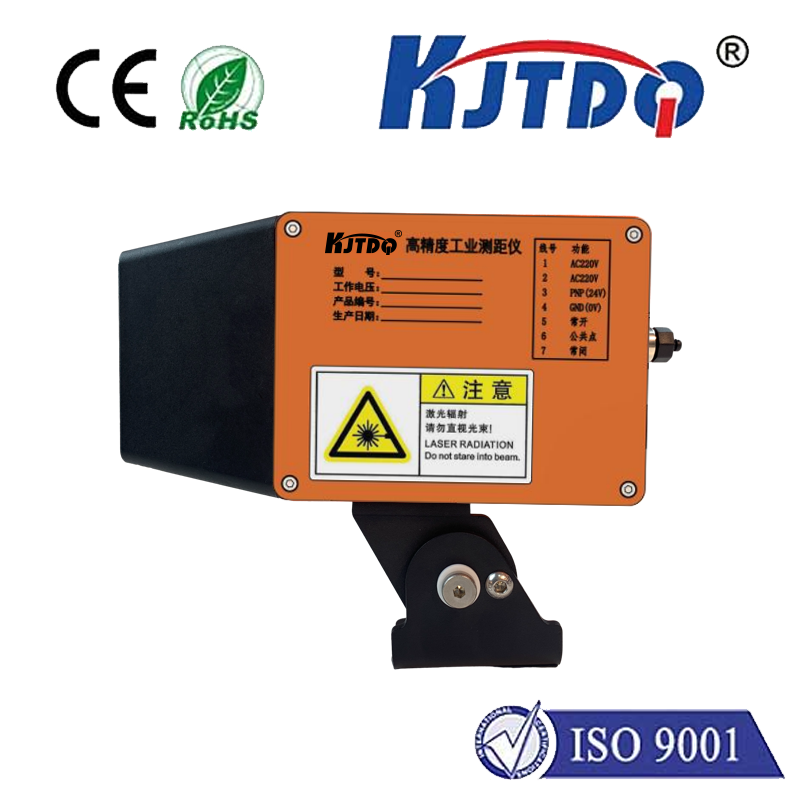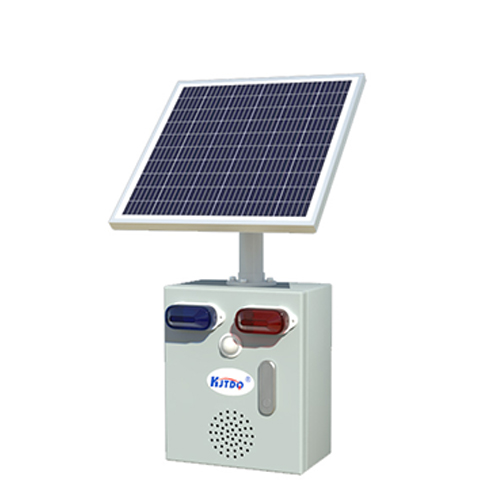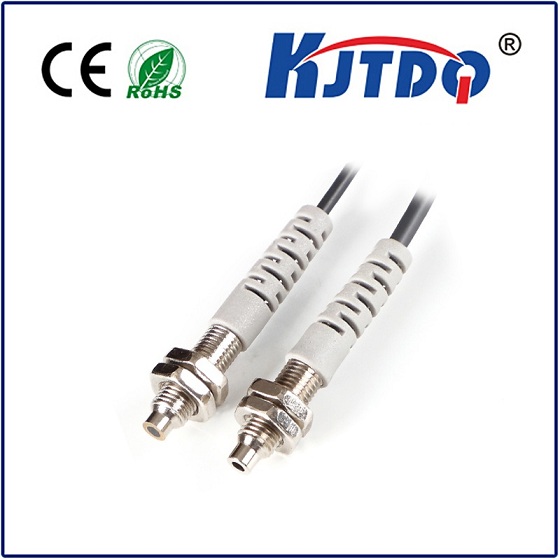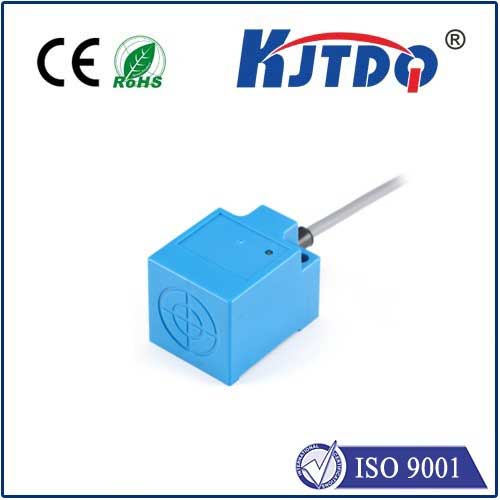Mastering Mach Laser PWM Control: A Comprehensive Guide When it comes to precision laser cutting and engraving, Mach3 is one of the most trusted software solutions in the industry. Its ability to control laser systems through PWM (Pulse Width Modulation) makes it a favorite among hobbyists and professionals alike. But what exactly is Mach3 Laser PWM, and how can you harness its power to achieve flawless results? This guide dives deep into the mechanics, setup, and optimization of Mach3 Laser PWM, equipping you with the knowledge to take your laser projects to the next level.
PWM is a technique used to control the power output of a laser by rapidly switching it on and off. By varying the width of these pulses, you can adjust the intensity of the laser beam, enabling precise control over cutting and engraving processes. Mach3, a popular CNC control software, integrates PWM functionality to allow users to manage their laser systems with unparalleled accuracy. The combination of Mach3 and PWM is particularly powerful because it provides a high level of customization. Whether you’re working on intricate designs or heavy-duty materials, Mach3 Laser PWM ensures that your laser operates at the optimal power level for each task.
Before diving into software configuration, ensure your hardware is compatible. You’ll need:
A laser module with PWM capability.
A motion controller compatible with Mach3.
Proper wiring and safety equipment to protect both your hardware and yourself.
Configuring Mach3 for laser PWM control involves a few key steps:

Install Mach3: Download and install the latest version of Mach3 from the official website.
Set Up PWM Output: Navigate to the “Ports and Pins” settings and configure the PWM output pin. This pin will send the PWM signal to your laser module.
Adjust PWM Frequency: In the “Spindle Setup” menu, set the PWM frequency to match your laser module’s specifications. Common frequencies range from 500 Hz to 20 kHz.
Calibrate Power Levels: Use the “Spindle Pulley” settings to map PWM values to specific laser power levels. This ensures consistent performance across different materials.
Once the initial setup is complete, it’s crucial to test your configuration. Start with a low power setting and gradually increase it while observing the laser’s performance. Make adjustments to the PWM values as needed to achieve the desired results.
For engraving, precision is key. Mach3 Laser PWM allows you to fine-tune the laser power to create sharp, detailed designs without damaging the material. Use lower PWM values for delicate materials like paper or wood and higher values for tougher surfaces like glass or metal.
Cutting requires more power than engraving, so higher PWM values are typically used. However, it’s essential to strike a balance to avoid excessive heat buildup, which can warp or burn the material. Experiment with different PWM settings to find the optimal configuration for each material type.
Projects that involve both cutting and engraving can benefit from Mach3’s ability to switch between PWM settings seamlessly. By programming different power levels for each layer, you can achieve complex, multi-dimensional results with ease.
Mach3 supports custom macros, which can automate repetitive tasks. For example, you can create a macro that adjusts the PWM settings based on the material type, saving time and reducing the risk of errors.
Even with precise PWM control, heat buildup and focus alignment can affect the quality of your work. Regularly check the laser’s focus and use cooling systems to maintain optimal performance.
While square waves are the most common PWM waveform, some laser modules respond better to other shapes, such as sine or triangular waves. Experimenting with different waveforms can help you achieve better results in specific applications.
If your laser’s power output fluctuates, check the PWM frequency and ensure it matches your laser module’s specifications. Also, inspect the wiring for loose connections or interference.
Overheating can occur if the PWM values are too high or the duty cycle is too long. Reduce the power settings and allow the laser to cool between sessions.
If the results are subpar, revisit your PWM calibration. Ensure the power levels are correctly mapped and the laser is properly focused.
The combination of Mach3 and PWM offers a level of control and flexibility that’s hard to beat. Whether you’re a beginner or an expert, this setup empowers you to tackle a wide range of laser projects with confidence. By mastering Mach3 Laser PWM, you can unlock the full potential of your laser system and achieve professional-grade results every time.
